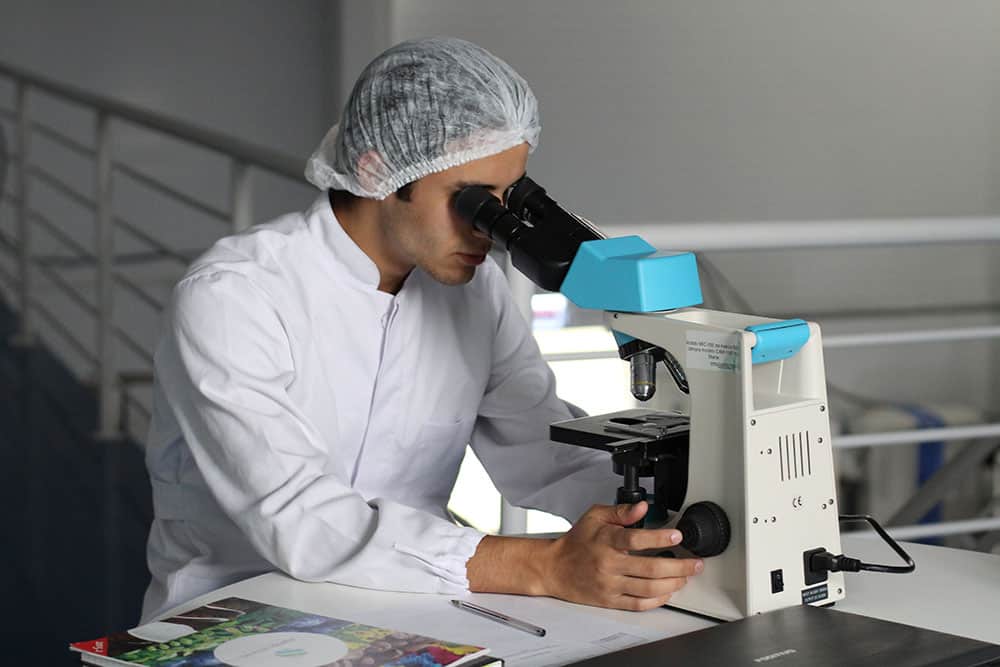University partnership uncovers crucial link between tissue cell type and different forms of arthritis

Pioneering research by scientists at the University of Birmingham and the University of Oxford has revealed an important link between tissue cell type and different forms of arthritis, providing greater insight into the classification and treatment of inflammatory diseases.
The research shows that different types of fibroblasts – cells of connective tissue in animals – are organised in different layers in the joint and are responsible for two different forms of arthritis: osteoarthritis and rheumatoid arthritis.
The scientists believe that targeted therapies could alter the behaviour of fibroblasts to reduce inflammation and tissue destruction in the two diseases without the need for long-term immunosuppression or joint replacements.
Published in the journal Nature, the research was supported by Wellcome Trust, Versus Arthritis, and NIHR Birmingham Biomedical Research Centre.
Chief Investigator Professor Chris Buckley, from the University of Birmingham’s Institute of Inflammation and Ageing, said: “If we compare fibroblasts to soil, this research has shown for the first time that not all soil is the same.
“Just as there are different layers of soil in our gardens – top soil and subsoil – there are different types of fibroblasts in our joints – and each layer seems to be associated with a different type of arthritis.
“From a research perspective this is exciting, but the clinical implications are also very important too. For the first time, we have identified two different types of fibroblasts in the joint, which, just like the different types of soil, lead to different types of arthritis.
“The top soil is what goes wrong in osteoarthritis, whereas in rheumatoid arthritis it’s the subsoil that is at fault.”
The professor explained that this pioneering research has found a new way to classify and treat the inflammatory disease based on the underlying cell, rather than just the clinical features and genes involved.
Professor Buckley continued: “Current therapies work like weed killer – they kill the weeds but the weeds come back if you don’t continue to apply the weed killer. Our research will facilitate research aimed at changing the top soil, subsoil – or both – to treat arthritis.”

